Baixa/Chiado Tour
From the ruins of medieval Lisbon, Baixa Pombalina was reborn redesigned on a modern and functional scale, which was linked to the will and pragmatism of the powerful Minister of King José I, Marquês de Pombal, who quickly ordered the implementation of a reconstruction project designed by Carlos Mardel and Eugénio dos Santos.
Chiado is one of the most emblematic and traditional neighborhoods in Lisbon. It is located between Bairro Alto and Baixa Pombalina.
In 1856, with the creation of the literary guild, a club of the intellectuals of the time, Chiado became the center of Portuguese Romanticism, a mandatory stop for those who wanted to be known in the city. The writer Eça de Queiroz in his work “Os Maias” made great reference to Chiado and to the literary Guild.
Winter Time - October to March
First 2 persons 80 euros, additional persons 20 euros each
Saturday and Sunday: 9.30am and 1.30pm
3 hours


Luis de Camões Square
The title that was attributed to this square is justified by the statue that can be observed there even in its center and which was built in honor of the great Portuguese poet Luís de Camões, the author of the great work, the Lusíadas.
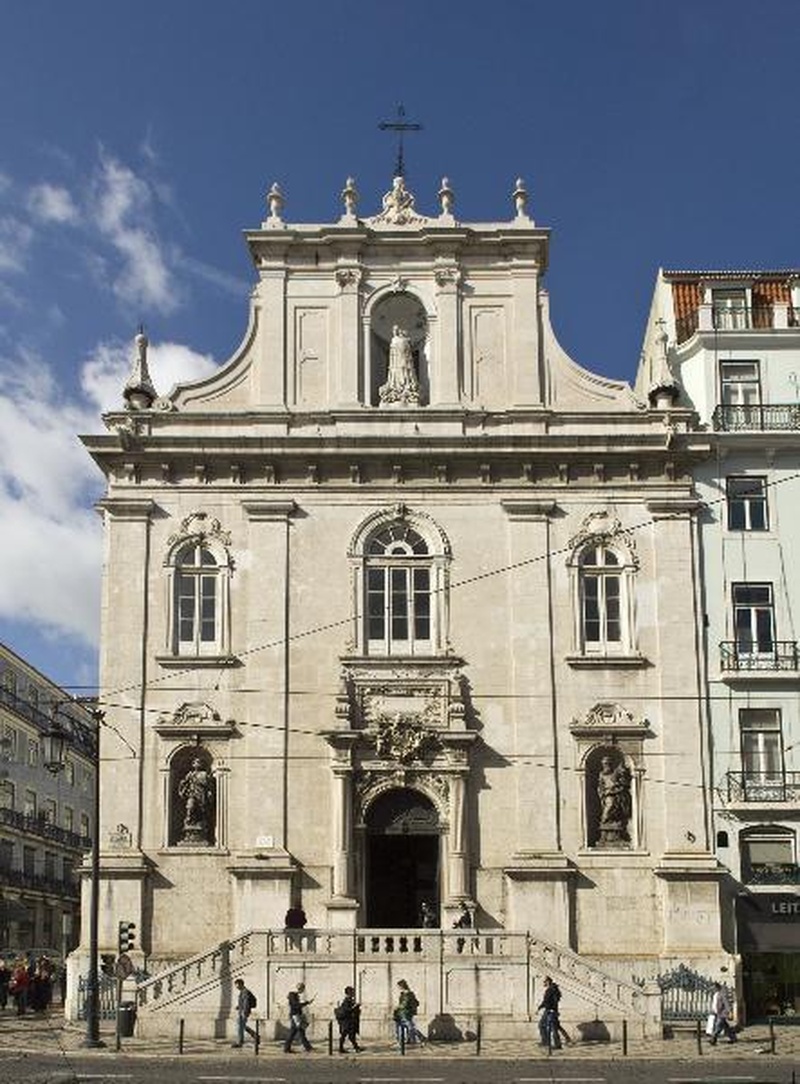
Church of Loreto
On Chiado, on a small church which is accessed by a staircase of two straight walks and converging on a landing, the Church of Our Lady of Loreto or Church of the Italians was erected in 1518 at the request of the Italian community resident in Portugal. Recovered after the earthquake of 1755, second project of Joaquim António dos Reis Zuzarte, then replaced by José da Costa e Silva, it is a church with a single nave, lined with Italian marble and decorated with stone statues of Evangelists and Apostles.
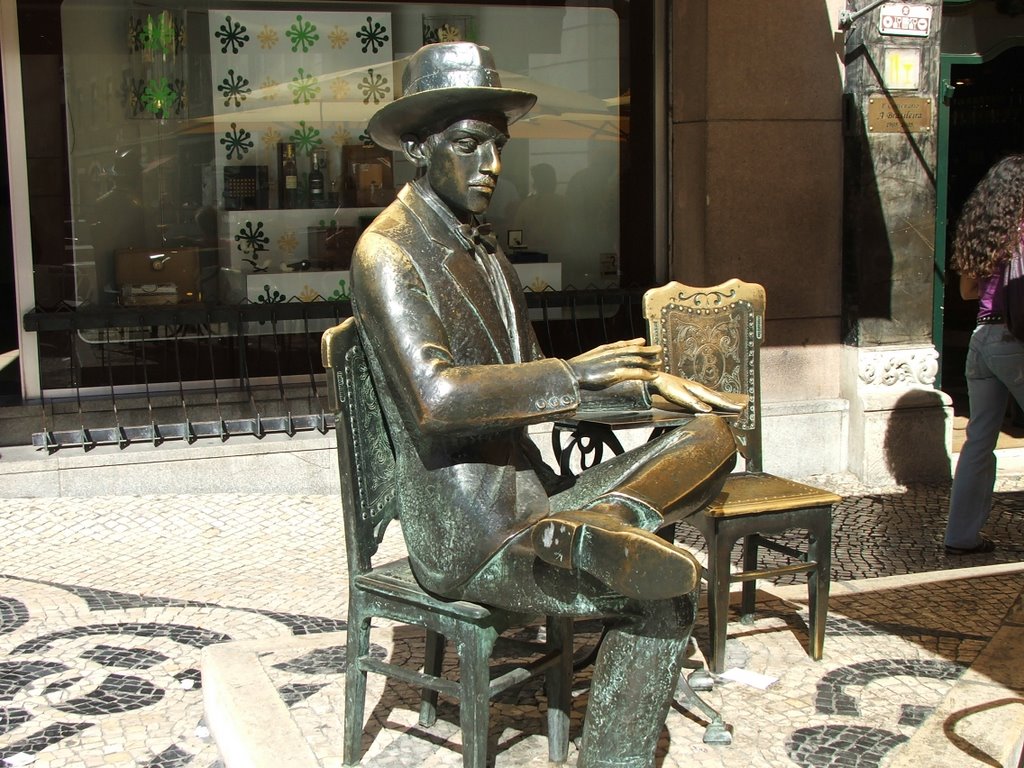
Statue of Fernando Pessoa
On the esplanade of A Brasileira café, you will meet with the most famous Portuguese poets, born in Lisbon in 1888. The bronze statue of Fernando Pessoa is a major attraction of the visitors who settled there to have a coffee in the company of the poet.
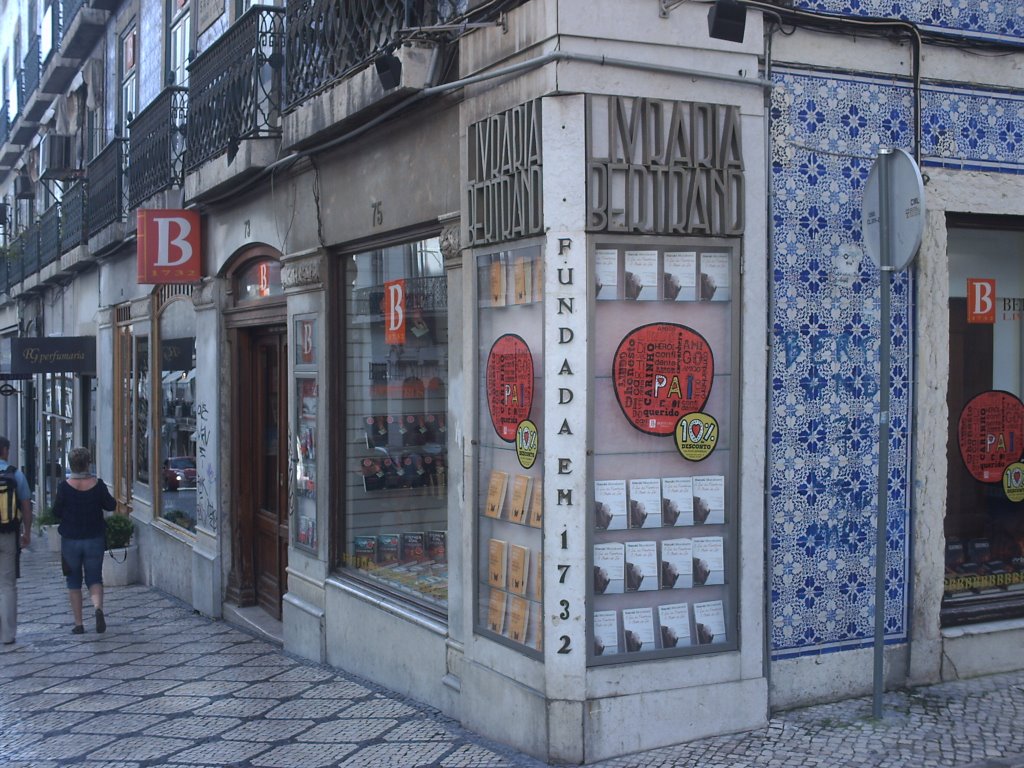
Bertrand Chiado Bookstore
Enter the Bertrand do Chiado Bookstore and go through its seven rooms and go through a part of Portuguese history and literature.
Recognized by Guinness World Records in 2011 as the oldest working bookstore in the world.
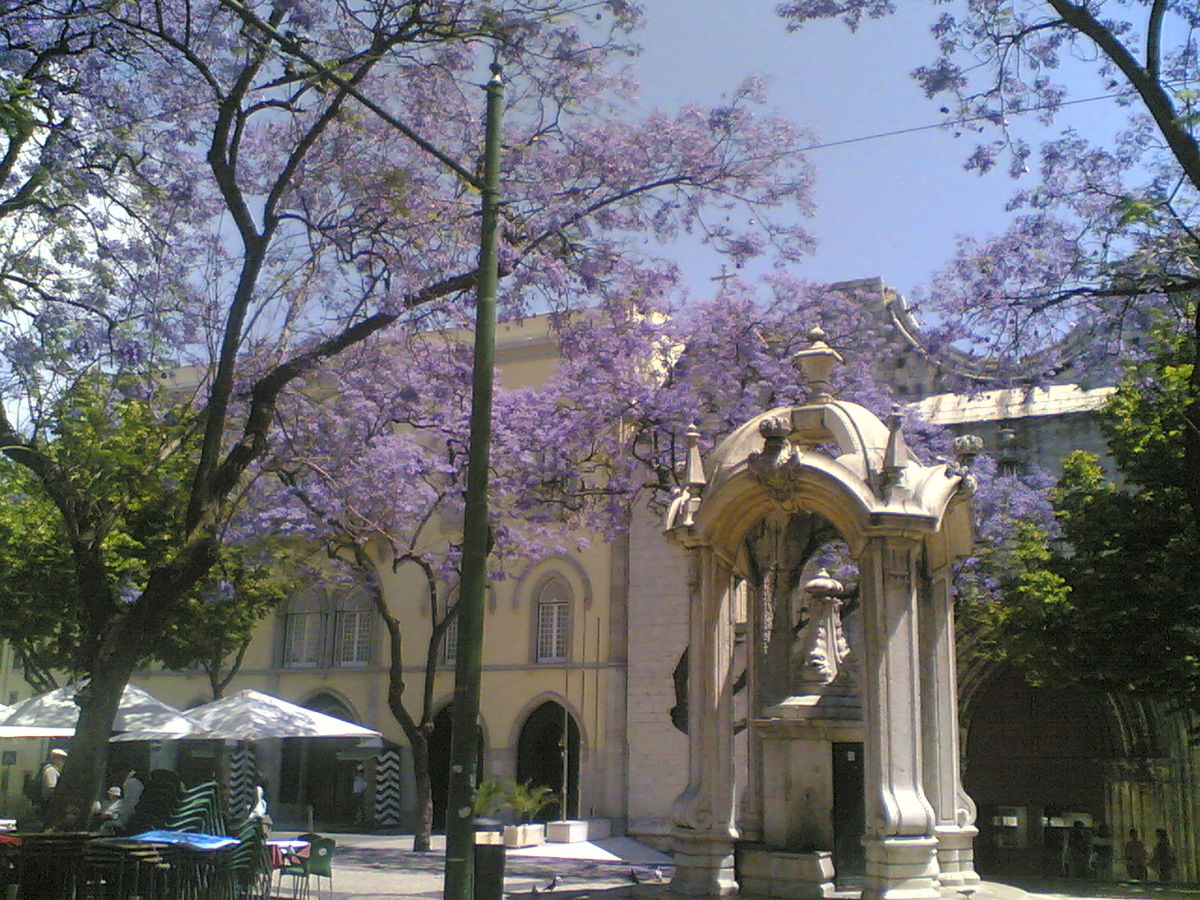
Carmo Square
Encompassed in the Chiado area, Largo do Carmo, with its jacarandas. In this area, the ruins of the Carmo Convent, built in the 14th century, where the Carmo Archaeological Museum is currently housed, resists.
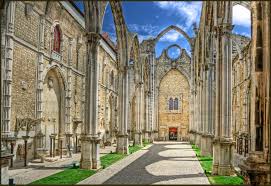
Ruins of the Carmo Convent
The Carmo Convent was founded by D. Nuno Álvares Pereira, the Constable of Portugal, in 1389. It was initially occupied by Carmelite friars from the Convent of Our Lady of Carmo de Moura in Alentejo, called by D. Nuno to enter the convent of Lisbon in 1392.
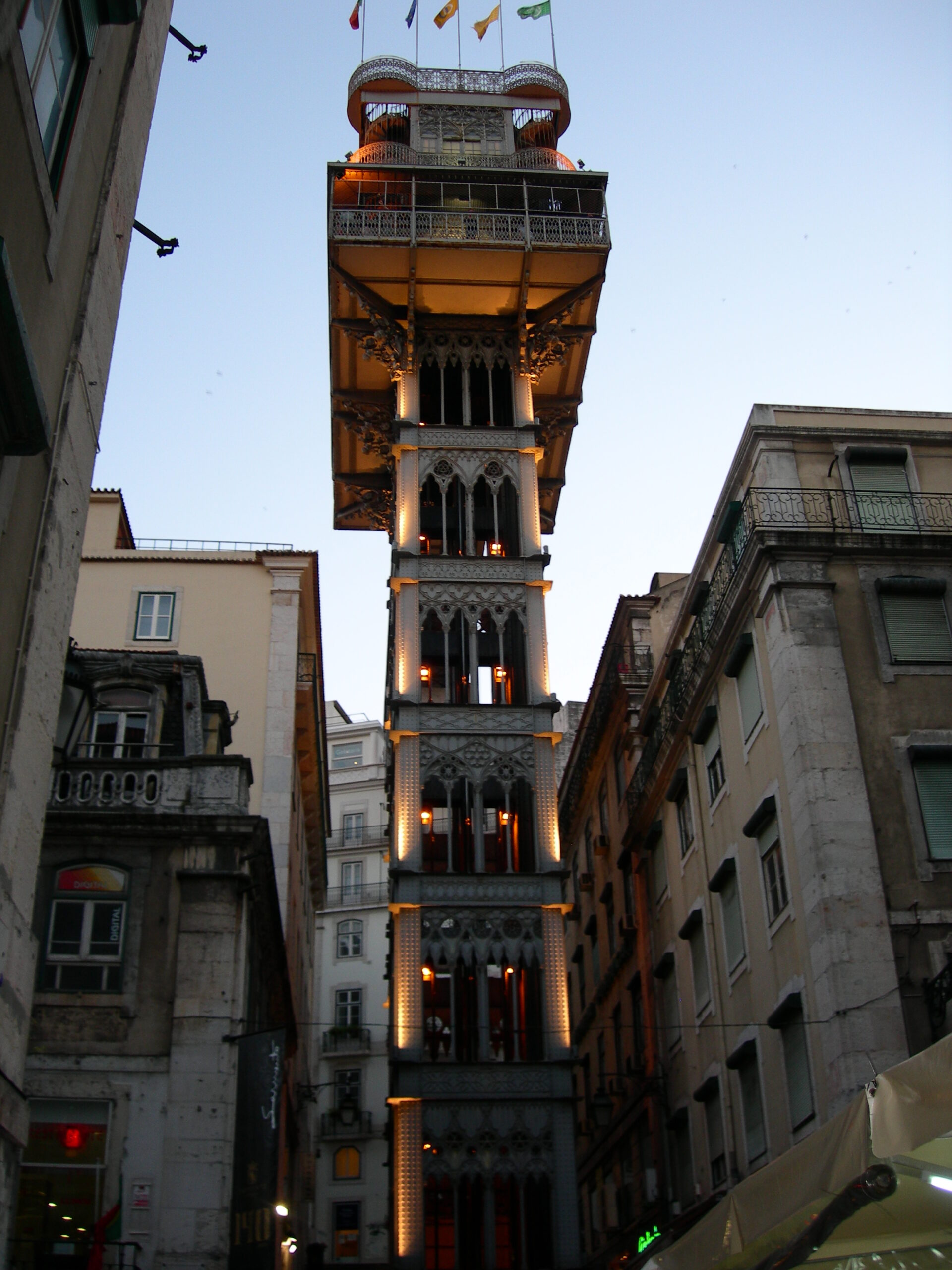
Santa Justa Elevator
The Santa Justa Elevator was inaugurated on July 10, 1902. It is a work of the engineer Raoul Mesnier de Ponsard, with a cast iron structure, enriched with filigree works. In 2002 it was classified as a National Monument.
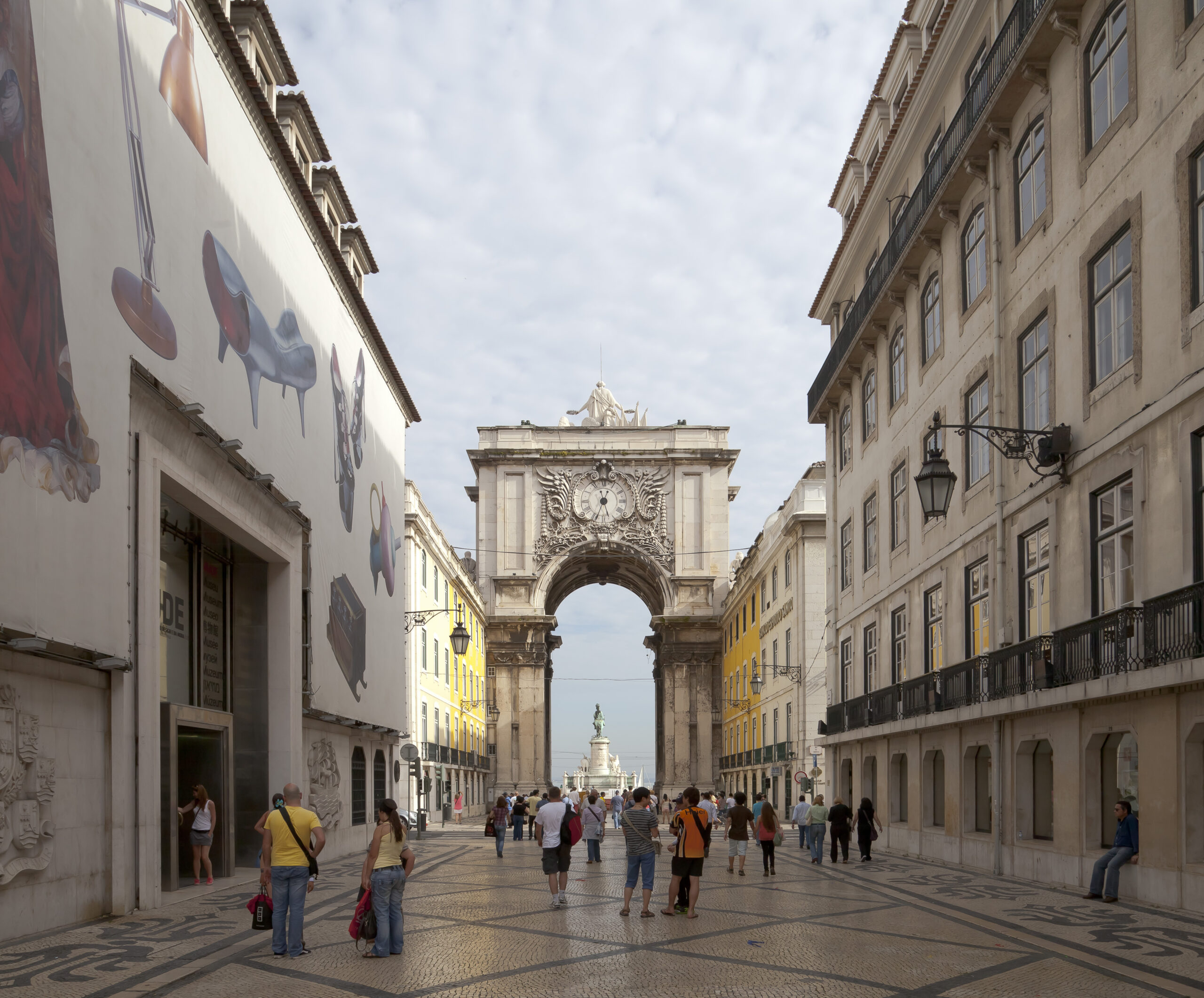
Augusta Street
Rua Augusta is a famous street in downtown Lisbon, in Portugal, starting at the famous triumphal arch, connecting Praça do Comércio to Praça do Rossio. He honors the Augusta figure of King Joseph I.

Augusta Street Arch
The Augusta Street Arch is a triumphal arch located in the northern part of Commerce Square. Its construction was programmed in 1759, in the framework of the reconstruction after the destruction of downtown Lisboa by the earthquake of 1755,
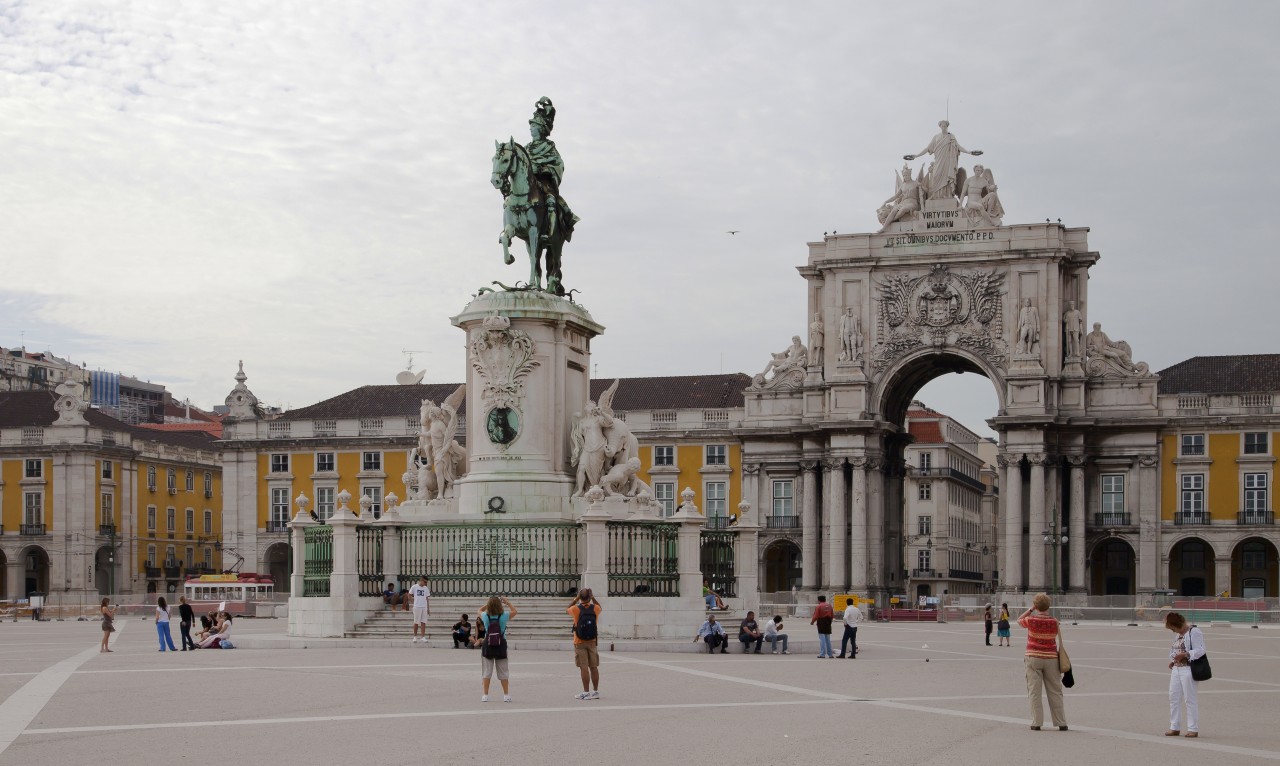
Commerce Square / Terreiro do Paço
This Square came to give continuity to the primitive Terreiro do Paço, which at the time of the Discoveries (15th and 16th centuries) was the center of life of Lisbon and the main exit of the city to the sea.
